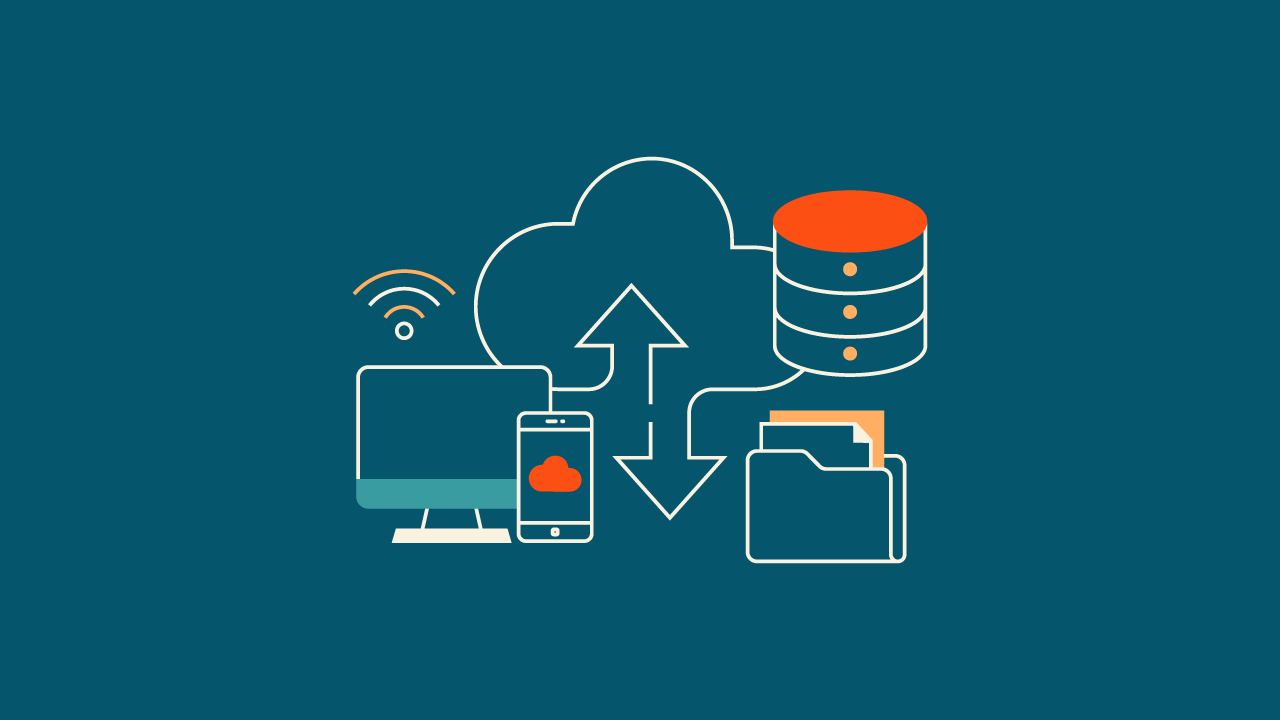Modern Data Backup Strategies: Ensuring Business Continuity
In an era where data is the lifeblood of every organization, safeguarding it against loss is paramount. Data backup strategies have evolved significantly, offering businesses robust solutions to protect their critical information against cyber threats, natural disasters, and human error. This comprehensive guide explores modern data backup strategies, emphasizing their importance in ensuring business continuity and resilience.
Understanding CMMC Level 2 Compliance
Data loss can have catastrophic effects on a business, leading to operational disruptions, financial loss, and damaged reputations. Modern data backup strategies are not just about preserving data but also about ensuring that businesses can quickly recover and continue operations with minimal downtime in the face of adversity.
Understanding CMMC Level 2 Compliance
A foundational principle in data backup, the 3-2-1 rule advises keeping three copies of your data on two different types of media, with one copy stored offsite. This approach mitigates the risk of data loss by diversifying the storage methods and locations, ensuring that a backup is always accessible.
Understanding CMMC Level 2 Compliance
Cloud backup has become increasingly popular, offering scalability, flexibility, and cost-efficiency. Cloud services automatically sync your data to a remote server, providing an offsite backup solution that enhances data protection and accessibility. Encryption and robust security measures ensure data is securely transmitted and stored.
Image-based backup captures a complete snapshot of a system at a specific point in time, including the operating system, applications, and data. This strategy enables quicker recovery, as entire systems can be restored to their pre-disaster state, minimizing downtime and ensuring business continuity.
Combining local and cloud backup, hybrid solutions offer the best of both worlds. Local backups ensure quick recovery times for minor incidents, while cloud backups provide additional security for disaster recovery. This strategy allows businesses to tailor their backup solutions to meet specific recovery time objectives (RTOs) and recovery point objectives (RPOs).
CDP solutions offer real-time or near-real-time backup, continuously capturing changes to data. This approach ensures that, in the event of data loss, the most recent version of the data is available for recovery, significantly reducing potential data loss.
Understand what data is critical to your operations and prioritize it for backup. Regularly review your data backup needs as your business grows and evolves.
Regularly testing your backups is crucial to ensure they can be successfully restored. Schedule routine drills to simulate data recovery, identifying any issues or gaps in your backup strategy.
Implement robust security measures to protect your backup data, including encryption, strong passwords, and multi-factor authentication. Ensure that cloud services and offsite backup locations comply with industry-standard security practices.
Raise awareness among your employees about the importance of data backup and recovery. Training should cover the procedures for creating backups and the steps to take in the event of data loss.
Modern data backup strategies are essential for safeguarding your business’s data against loss and ensuring operational continuity. By implementing a comprehensive data backup plan that incorporates the latest technologies and best practices, businesses can protect their critical information, maintain customer trust, and navigate the challenges of the digital age with confidence. Remember, the goal of data backup is not just to preserve data but to ensure that your business remains resilient and responsive in the face of disruptions.
